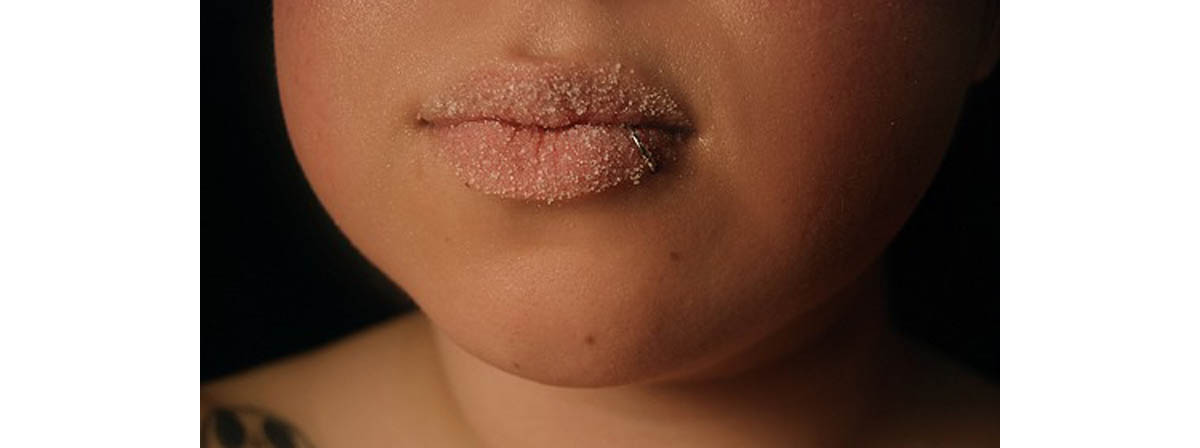Table of Contents
If you are plugged into the mainstream mass media in the United States, you couldn't have missed the news surrounding the publicity of the idea that sugar causes skin to age more rapidly.

In her book The Sugar Detox, a dermatologist named Patricia Farris and her co-author, the beauty expert Brooke Alpert, tell their readers that sugar is the cause of crankiness, food addiction, "brain fog," and a variety of skin problems ranging from acne to wrinkles. But is that really how the process works?
There's indeed good evidence that sugar can be "addicting" — not quite in the same sense as cocaine, alcohol, gambling, or cigarettes, but certainly in the sense that eating sugar will make you want to eat more sugar.
Why is that?
Chomping down a sugary dessert or breakfast food leads to a quick surge of glucose in the bloodstream. The pancreas releases its stored insulin to keep all that excess sugar from literally catching fire in a process called auto-oxidation. This protects the linings and DNA of cells found over almost all of the body (except the brain and the ovaries in women).
Because the process that triggers the blood sugar-lowering hormone insulin also releases the blood-sugar raising hormone glucagon, every time your body experiences a surge of sugar in the bloodstream, it both stores sugar in fat cells and releases sugar from the liver. At some point the liver can't keep up with the constant demand to release sugar (to make sure that insulin doesn't work "too well") and you don't have energy when you need it.
Probably not.
Human skin ages in part due to a process called glycation. Constant exposure to high levels of sugar in the bloodstream lead to the formation of a "caramel coating" on certain proteins on the surfaces of nerves, of blood vessels, and of the connective tissue underlying the skin. Sugar attaches itself to the proteins that give the skin its suppleness and "give," well-known proteins called collagen and elastin.
The skin loses its elastic ability to "bounce back" when it has to move with muscle motion, with the result that it will eventially form sags, bags, and wrinkles. But is this process inevitable? And is there some way to reverse it years of being a sugarholic are beginning to show up in your face?
- Gkogkolou P, Böhm M. Advanced glycation end products: Key players in skin aging? Dermatoendocrinol. 2012 Jul 1. 4(3):259-70. doi: 10.4161/derm.22028. PMID: 23467327.
- Pageon H, Zucchi H, Rousset F, Monnier VM, Asselineau D. Skin aging by glycation: lessons from the reconstructed skin model. Clin Chem Lab Med. 2013 Jun 15:1-6. doi: 10.1515/cclm-2013-0091. [Epub ahead of print] PMID: 23770560.
- Photo courtesy of Melissa Segal by Flickr : www.flickr.com/photos/frenchie1108/3374982430/
- Photo courtesy of Alessandra Raimondi by Flickr : www.flickr.com/photos/dialettica/4989872936/


Your thoughts on this